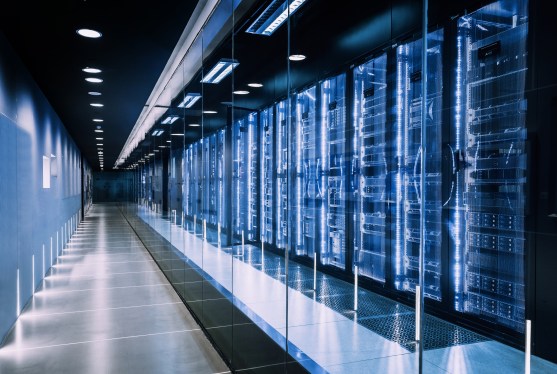AI Data Centers: The Billion-Dollar Challenge Ahead

As the demand for artificial intelligence (AI) surges, the infrastructure required to support these technologies is evolving rapidly. According to recent insights from major research institutions, the projected costs associated with establishing leading AI data centers are staggering, potentially reaching $200 billion within just six years. This financial leap is directly linked to the expected addition of millions of chips and power requirements comparable to that of a large city’s electricity grid.
A comprehensive study led by experts from Georgetown University, Epoch AI, and Rand examines the burgeoning landscape of AI data centers since 2019. Their findings reveal that while computational power is doubling annually, so too are the capital expenditures and energy needs associated with these facilities. This presents a unique challenge as AI technologies continue to evolve, necessitating robust and efficient infrastructure to sustain them.
Notably, OpenAI has recognized this trend and is collaborating with major companies such as Softbank and Oracle to secure funding estimated at around $500 billion for a network of AI data centers across the U.S. and potentially other regions. Tech heavyweights like Microsoft, Google, and Amazon Web Services are not far behind, each committing substantial investments to expand their data center capacities.
One striking example is xAI’s Colossus, which has an eye-watering cost of approximately $7 billion, with hardware costs escalating 1.9 times each year from 2019 to 2025. Power consumption, meanwhile, has reportedly doubled annually during the same period, raising serious concerns regarding energy sustainability. Currently, Colossus operates on an estimated power draw of 300 megawatts, enough to power 250,000 homes.
Despite advancements in energy efficiency—with computational performance per watt improving annually—these gains are unlikely to keep pace with the rapidly increasing energy demands. Projections indicate that by June 2030, a leading AI data center could house 2 million AI chips and require 9 gigawatts of power, equivalent to the output of nine nuclear reactors.
Such demands highlight a looming crisis for the power grid, which is predicted to experience a 20% uptick in energy intake from data centers by 2030, as noted in reports by analysts at Wells Fargo. This looming increase prompts concerns about the sustainability of renewable energy sources and the potential ramp-up of fossil fuels.
Besides energy consumption, AI data centers pose environmental threats to local ecosystems, given their substantial water usage and the real estate footprint they occupy. According to Good Jobs First, a nonprofit organization, a dozen U.S. states together lose over $100 million in tax revenue annually due to overly generous incentives granted to these data centers.
While these projections portray a daunting path forward, it’s worth noting that not all forecasts may come to fruition. Some major players, like AWS and Microsoft, have recently indicated a slowdown in data center expansions, hinting at a potential recalibration in the industry as concerns of overextension in the data center market become apparent.
As AI continues to reshape industries globally, the pressing need for sustainable infrastructure is more critical than ever. Adaptation and careful planning will be crucial in navigating the complexities of AI data center development over the next decade and beyond.
